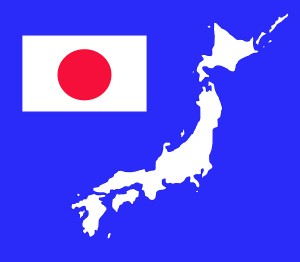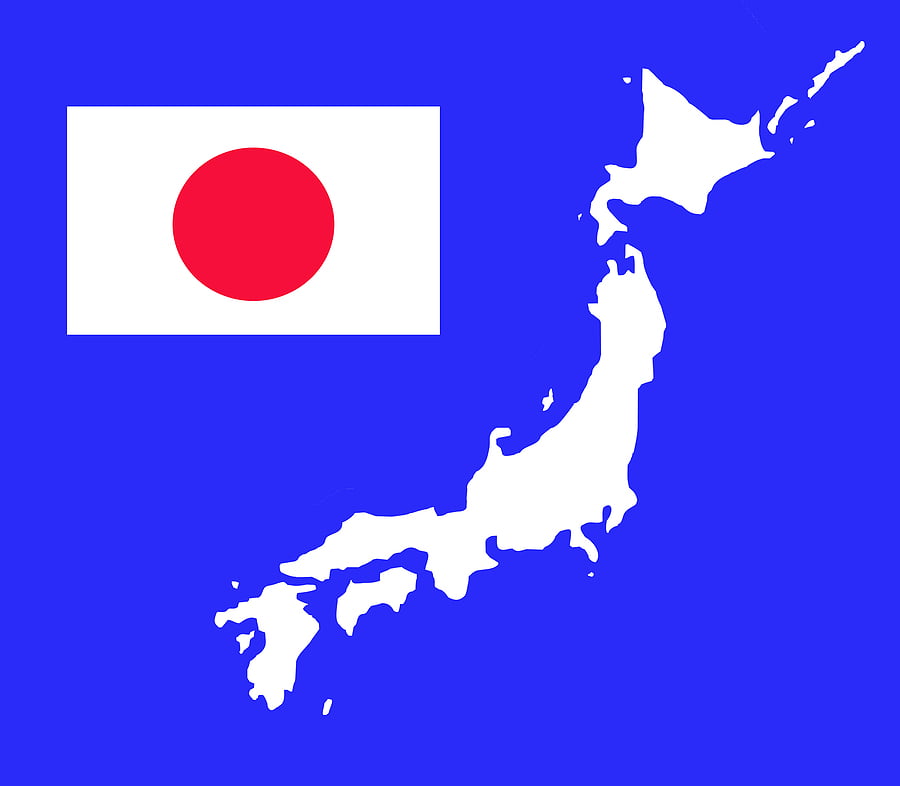2012-09-20 By Richard Weitz
Japan’s defense procurement policy maintains a desire for autonomy, corporate nurturing, and technology diffusion.
Although it is somewhat more open to arms exports and collaborating with foreign companies than in the past, defense procurement still suffers from two grave defects.
First, the high degree of protectionism obliges the Japanese to pay more for military equipment and technologies than necessary.
Second, absent the adoption of more effective defense industrial policies, Japan’s inability to spend more on defense means that Tokyo will be unable to purchase sufficient defense assets to fulfill the missions defined in its core strategy documents.
The United States needs to make a greater effort to overcome these problems.
The United States destroyed Japan’s defense industry during World War II and the subsequent U.S. military occupation. The outbreak of the Korean War in 1950, however, led the United States to permit a resumption of Japanese military production in order to mobilize Japanese resources on behalf of the American side in the Cold War conflict with the Soviet Union and Communist China.
By 1952, Japanese firms were helping repair American military equipment and perform other logistical support functions for U.S. forces in Japan. Two years later, Japanese companies began producing military supplies and equipment for Japan’s own Self Defense Forces, created in 1954.
Throughout its history, the SDF has continued to rely primarily on items supplied by both Japanese and American defense contractors, with U.S. firms typically provided the most advanced (and expensive) technology.

Japanese defense firms typically are heavily diversified in order not to depend on military sales. Credit Image: Bigstock
At first, Japanese defense companies relied on American designs in their production while making small improvements. During the next few decades, Japanese firms supplied an increasing share of Japan’s military purchases, with domestic companies manufacturing a wide range of military equipment, from aircraft to tanks to naval vessels.
Since the 1980s, Japan has ranked among the world’s highest spenders on defense notwithstanding the approximate one percent GNP cap (broken in 1987) on defense spending.
The policy of Kokusana (“domestic production”) has played a major role in shaping the evolution of Japan’s defense industry and military procurement. Under the policy, the SDF has traditionally bought the majority of its equipment and supplies from Japanese companies rather than directly from foreign sources.
The Japanese defense community has considered maintaining a domestic weapons industry sufficient to limit dependence on foreign suppliers—including hedging against abandonment by the United States—a vital element of the country’s national security policy.
Japanese officials have also perceived having a robust defense industry capable of expanding in an emergency an important component of the country’s conventional deterrence policies.
Besides national security considerations, the Kokusana policy also helped diffuse technology throughout the Japanese economy and nurtured large Japanese companies. During the 1980s and 1990s, the Japanese government acquired the great majority of its armaments, approximately 90%, from Japanese firms.
Japan’s Ministry of Defense, until recently known as the Japanese Defense Agency (JDA), procures arms for Japan’s defense organizations. The Defense Production Committee of the Keidanren (Keizai Dantai Rengokai, or Japanese Business Federation) negotiates with the Defense Ministry and looks after the collective interests of Japan’s major defense firms.
Other major Japanese defense organizations include the Internal Bureau, the National Defense Academy, the National Defense Medical College, the Technical Research and Development Institute, and the various branches of the SDF.
The bulk of military acquisitions for the Japanese military are managed by a central procurement agency, the Central Contracting Office (CPO), which purchases all major weaponry and equipment for the SDF.
Large orders are handled from the CPO; the various regional departments have limited purchasing budgets for smaller or emergency needs. When procuring equipment, the CPO bases its decisions on the stated needs of the various branches of the JSDF. It then moves into a contract process to fulfill the various services’ requirements.
The CPO uses one of three formats: open bidding, selected bidding, or a single bidding process that excludes competition for either national security reasons or due to the perceived limited ability of companies to provide the necessary equipment.
The system was restructured after a major scandal in the late 1990s involving sweetheart deals engineered by retiring SDF officials engendered widespread outrage and resulted in the forced resignation of the head of NEC Corporation and the arrest of several SDF officials.
Nevertheless, the bidding process remains very uncompetitive, with a majority of contracts being awarded without serious debate. Most contracts are also given on a cost-plus or discretionary basis, making the system opaque and ripe for exploitation.
The Japanese defense industry is composed of hundreds of firms. When it comes to manufacturing major weapons systems such as aircraft, tanks, and warships, however, a few large Japanese corporations perennially dominate production.
The top five Japanese corporations receiving major defense deals are Mitsubishi Heavy Industries (MHI), Toshiba Corporation, Mitsubishi Electric Corporation, Kawasaki Heavy Industries (KHI), and Ishikawajima-Harima Heavy Industries Corporation. NEC and Komatsu also are major players in the Japanese defense market.
This market structure results from the limited demand for defense products. The small number of major weapons systems the Japanese government purchases typically can sustain only a few major producers.
Whatever their size, the various Japanese defense firms tend to be highly specialized within the military sector, resulting in a corresponding lack of competition between companies. For example, in the case of military aircraft manufacturers, the typical pattern has been for MHI to manufacture fighter aircraft, KHI to produce large multi-engine planes, and for Fuji Heavy Industries (FHI) to supply small training planes.
In practice, Japanese defense companies often share major contracts among themselves in order to spread costs and reduce market risks. Typically, a single large Japanese company will lead a procurement effort and contract out specific requirements to other companies. In the case of the F-2, for instance, MHI held the main contract and subcontracted work to KHI, FHI, and a number of smaller firms.
Another characteristic of Japanese defense firms is that they typically are heavily diversified in order not to depend on military sales.
Since the Japanese government limits their ability to export defense items, they eagerly pursue dual-use technologies that can find non-defense customers.
In practice, the major Japanese companies that are involved in the defense industry treat the military sector as a merely as one of several sectors within their primarily civilian-oriented businesses.
Whereas the largest U.S. defense companies such as Lockheed Martin and Northrop Grumman regularly derive over half their revenue from military-related sales, the biggest Japanese defense contractors often derive less than one tenth of their revenue from such transactions.
Despite its relatively minor share of their business, even large Japanese companies find defense sales a profitable business opportunity. The restrictions on foreign competition reduce downward price pressures.
In addition, the METI has used its licensing authority and other policy instruments to restrict the entry of new Japanese companies into the military and aerospace manufacturing markets, further entrenching the major defense contractors.
Japanese defense companies also pursue their own anti-competitive practices. The considerable power of the Keidanren Defense Production Committee and other business associations facilitate collusive practices.
For decades, various illicit practices have reinforced legal constraints on competition. For example, firms have worked with government officials to use of pre-arranged bids, effectively excluding foreign and domestic competitors. Government officials have rigged bids—a practice known as amakudari,” or “descent from heaven” -–to secure well-paying employment with contractors after they retire from government service.
The small size of the SDF procurement budget has led many Japanese defense firms to limit their R&D efforts to specific military sectors. The restrictions on defense technology exports combined with the small domestic market for military items discourages Japanese companies from investing in purely defense R&D projects, without the expectation of some commercial spin-offs.
Instead, Japanese firms have put much more capital into developing dual-use technologies, primarily electronics and communications equipment, which can be incorporated later on into defense equipment and armaments.
This focus on exploiting dual-use opportunities has generated some valuable products, many of which have been sold to the US defense industry.
A prominent example has been the incorporation of radar technologies and lightweight materials in the construction of BMD systems.
In most areas, however, Japanese military R&D continues to lag behind that of the United States and will continue to do without an increase in the Japanese defense budget or greater opportunities to sell military items to foreign clients.
The lack of a dedicated research agency within the Japanese defense community itself compounds the problem of the relatively low level of purely national military R&D.
The Japanese government generally confines itself to testing and evaluating for possible military application products and technologies Japanese companies have already decided to develop, primarily for possible commercial sales.
Although Japanese defense firms appear to recoup their R&D expenditures in their subsequent production contracts, which are in practice calculated on a “cost plus” basis, a clear problem arises from relying on fortuitous defense “spin-ons” from companies’ commercial R&D efforts.
Unless Japanese firms anticipate a positive return from an investment, there is no guarantee that they will allocate the necessary funds to develop it regardless of the innovation’s possible contribution to Japan’s national defense.


